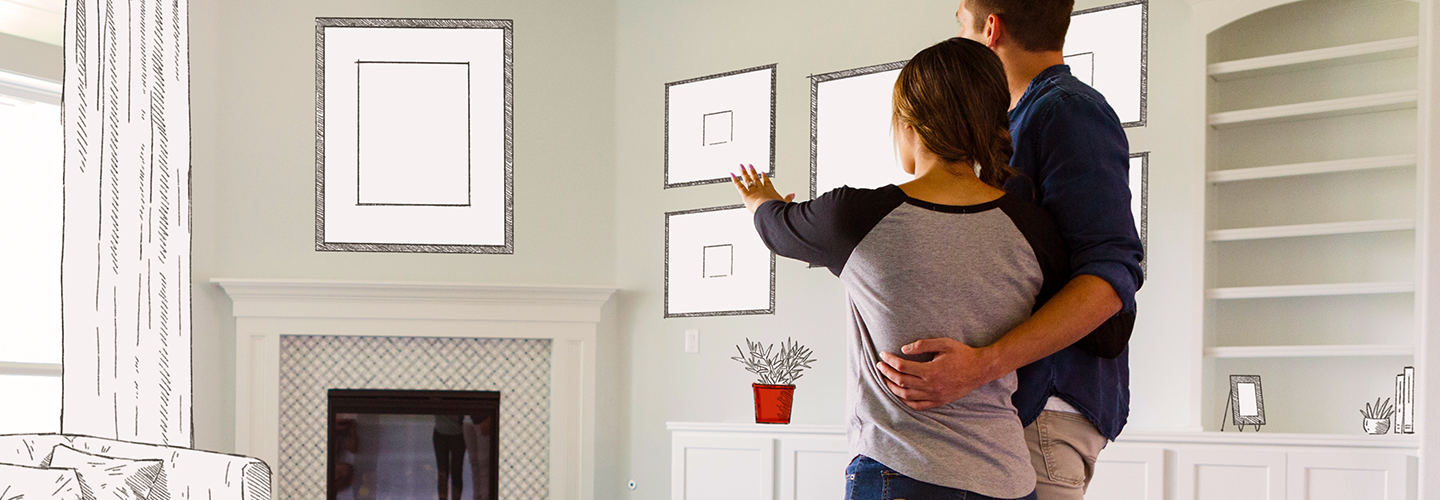Save more towards a new home with an FHSA
Feel like buying a home is out of reach? Housing affordability is a big issue for many Canadians and rising interest rates aren’t making it any easier. In Budget 2022, the Canadian government proposed the introduction of the Tax-Free First Home Savings Account (FHSA). Thanks to its tax benefits, the FHSA could help lessen your financial burden a little.
1. What are the details?
The FHSA is a tax-free savings account for first-time home buyers. It offers the opportunity to save $40,000 on a tax-free basis and is designed to help Canadians save for a down payment. If you’re 18 and older and qualify as a first-time home buyer, you can open an FHSA account and contribute up to $8,000 a year to a maximum of $40,000.
Contributions are tax-deductible (like an RRSP), and withdrawals to purchase a first home are non-taxable (like a TFSA).
2. Am I eligible?
Anyone who is a resident of Canada, at least 18 years old and a first-time home buyer can take advantage of this program. You’re considered a first-time home buyer if you or your spouse or common-law partner haven’t owned a qualifying home that you occupied as a principal place of residence at any time in the calendar year the account is opened or in the preceding four calendar years. So, if you’ve been out of the housing market for long enough (and have been renting since then, for example), you could be considered a first-time home buyer.
3. What if I don’t use the money I’ve saved in my FHSA?
You’re generally required to close your FHSA within 15 years of opening the account. If you don’t use the money in the account towards purchasing a home, you can transfer it to an RRSP or RRIF. This transfer doesn’t require you to have existing RRSP contribution room.
4. What types of investments can I hold in an FHSA?
Similar to an RRSP and TFSA, you can hold mutual funds, publicly traded securities, government and corporate bonds and GICs.
5. How does it differ from the Home Buyers’ Plan?
The Home Buyers’ Plan (HBP) allows you to withdraw up to $60,000 from your RRSP and use those funds to buy or build a home for yourself or a relative with a disability. This money is tax free if it is paid back to your RRSP within 15 years.
Unlike the HBP, the FHSA funds don’t have to be paid back into the plan, and you can withdraw up to the balance of the account, including investment income and growth.
The Home Buyers’ Tax Credit
The Home Buyers’ Tax Credit allows first-time homebuyers to claim a non-refundable tax credit of up to $1,500. It’s a small credit that can help cover some of the costs associated with a first-time home purchase.
6. Can I combine the FHSA with the HBP?
Yes! You can take advantage of both the HBP and FHSA for the same qualifying home purchase, allowing you to withdraw up to $75,000 of capital, plus any investment income and growth in the FHSA.
7. Who is the FHSA best suited for?
Younger first-time home buyers who have a longer timeline before buying can take advantage of potential investment growth. First-time home buyers who do not necessarily have enough funds to make full contributions should still consider opening an FHSA once it is available so that carry-forward amounts begin to accumulate. If you’re a parent or grandparent, consider having your child or grandchild open their own FHSA. You can then gift the funds to allow them to make annual contributions. While the tax deduction in this case is only available for the child, it’s a great way to transfer their wealth to the next generation and help them invest money towards home ownership.
Need help understanding which saving option will help you meet your home ownership dreams more quickly?
Talk to a Richardson Wealth Advisor.
We have advisory teams across the country ready to help you build your future. Search for a wealth management professional near you today.
Get in touch with us.
We’re here to help. Send us a short message explaining what you’re looking for, and we’ll reach out to you soon.


